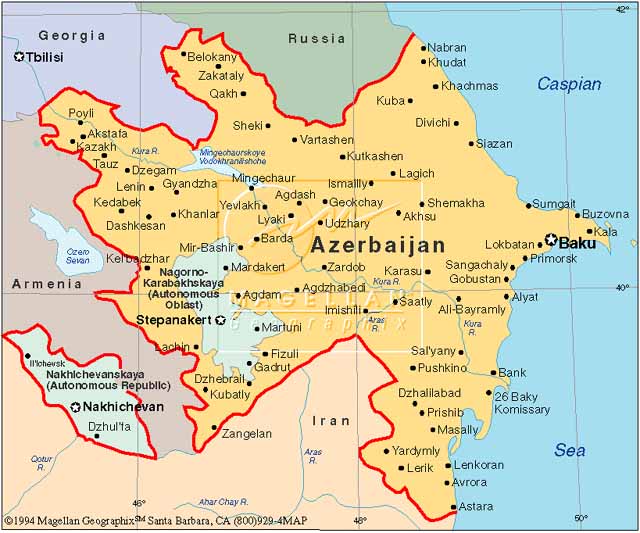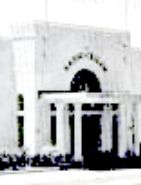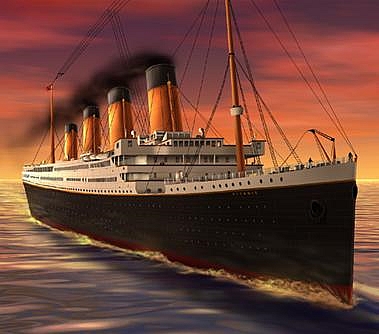
The State We're In
Jonathan Groubert and his team look at current events from an unexpected perspective.
Street Warriors
A man in Belarus fights for gay rights in Belarus and loves it. A woman in Barcelona takes on pickpocket gangs and wins. A woman in Zimbabwe buys a van to start a business but it gets stolen. And a scientist in New York state uses evolutionary science to improve life in his town.
First airing: Saturday 02:00 UTC
Earth Beat
Marnie Chesterton and her team look at the footprint we’re leaving on our planet.
Coming up on Earth Beat, we look at necessary evils. Like the tar sands in Canada. There’s no getting away from the fact that we need the oil, but is it worth the obliteration of a once pristine forest landscape? We also hear from a woman who treats her pain with more pain, and the man who kills rabbits, to save an ecosystem. Stories of benefits that come at a heavy cost.
First airing: Friday 03:00 UTC
South Asia Wired
Stories from South Asia.
The culture of the river gypsies in Bangladesh is slowly sinking, what to know why? Listen to this week’s South Asia Wired.
(There'll be a new edition of the program on Thursday )
First airing: Thursday 10:00 UTC
Bridges With Africa
We're giving the microphone to Diaspora groups in Europe and are linking up with stations in Africa.
This week:
Fears in the Netherlands about an increase in suicide amongst asylum seekers
We have tea with the Tuaregs in Paris, and
Hip Hop Pantsula, Africa’s favourite rapper talks to us about his new album and his plans to go global
First airing: Friday 00:00 UTC
Africa in Progress
Inspiring round-table discussions with guest speakers and in-depth interviews give listeners food for thought.
Calling on brains to return to Africa
Every year, Africa loses about three billion euros in revenue because our most valuable professionals decide to go work in rich countries. Can this trend be reversed? That's the question we ask in this our programme. We find out why Africa’s professionals leave and what is being done to attract them back home where they are needed.
Guests: Dr Edith Munene (Kenya); Dr Arthur Kennedy (Ghana)
Producer: Winnie Onyimbo (Kenya), with additional reporting from Fiifi Koomson (Ghana)
First airing: Monday 18:00 UTC
Commonwealth Story
A selection of winning stories chosen from the large number of entries for the 2010 Commonwealth Short Story Competition.
“Praise Be” by Jena Woodhouse, Australia. A marriage at the crossroads read by Federay Holmes
First airing: Tuesday 01:50 UTC
Global Perspective
Who says I can’t… is the motto of this year’s collaboration of international broadcasters, offering stories of defiance and perseverance.
Who says I can’t squat?
Radio Netherlands Worldwide’s Dheera Sujan visits Sanne, Tom and Bo – three Dutch squatters. She hears their struggle to build – and keep – their home amid the new anti-squat laws in the Netherlands.
First airing: Monday 17:30 UTC
Hear the World
current series of European Jazz Stage has come to an end. But don’t despair, there’s plenty of good music to come. We’ve started a new series of Hear the World, hosted by Dheera Sujan.
The band Mokumba from Zimbabwe is opening the show. They play an energetic mix of Afro-pop and traditional rhythms from the Tonga region.
Kamel Farjani and Ahmed el-Kalai are two masters of the oud, the Arab lute, from Tunisia. Their music includeds makams, Andalusian folk music and traditional Tunisian melodies.
In our weekly Dutch World Music Delights slot, we present bandoneon player Carel Kraayenhof. He is a tireless promotor of Argentinian tango music.
Cuban pianist Ramon Vaye with his trio were recorded in Amsterdam. His style has been influenced by jazz giants Chick Korea, Herbie Hancock and Keith Jarrett, but he remains musically faithful to his Cuban roots.
First airing: Monday 01:00 UTC
RNW Classical
Classical concerts from the Royal Concertgebouw as well as studio recordings of Dutch performers, presented by Hans Haffmans.
Available 24 hours a day
Streaming audio: www.radionetherlands.nl/
Radio Netherlands English Service
All times UTC
targeted to Asia and Africa
0959-1000 15110as
1000-1057 15110as
1359-1400 9800as
1400-1457 9800as
1859-1900 7425af 11615af 15495af
1900-2000 7425af 11615af 15495af
2000-2057 7425af 11615af 15495af
(Leo van der Woude/R Netherlands)



















